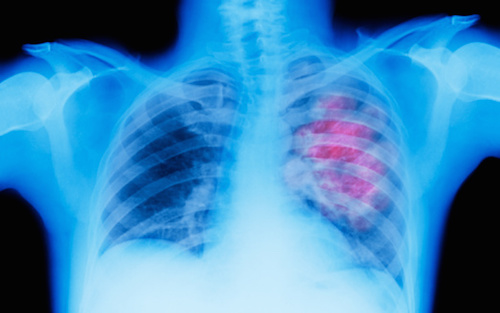
New findings from a team at NYU Langone Health’s Perlmutter Cancer Center published recently in Cancer Cell, has identified a gene that drive the development of lung squamous cell carninoma (LUSC)—a major subtype of lung cancer with limited treatment options.
“LUSC represents a major subtype of lung cancer with limited treatment options,” wrote the researchers. “KMT2D is one of the most frequently mutated genes in LUSC (>20%), and yet its role in LUSC oncogenesis remains unknown. Here, we identify KMT2D as a key regulator of LUSC tumorigenesis wherein Kmt2d deletion transforms lung basal cell organoids to LUSC.”
“Our study identifies KMT2D as a pivotal contributor to the development of lung squamous cancers, and offers vital clues about how to target KMT2D-deficient LUSC,” explained co-corresponding author Kwok Kin-Wong, MD, PhD, director of the division of hematology and medical oncology at NYU Langone Health. “The same genetic changes that cause the gene to contribute to cancer also create tumors that are very sensitive to existing drugs that target a related pathway.”
The research team chose to test in study mice a combination of two drugs, SHP2 inhibitor SHP099, and pan-ERBB inhibitor afatinib. The team reasoned that experimental drugs designed to inhibit SHP might also counter the effect of KMT2D deficiency when used alongside the ERBB inhibitor.
The researchers observed the combination slowed lung tumor growth in mice with LUSC that had been engineered to lack KMT2D, as well as in tumors in mice derived from the human LUSC tumors with KMT2D mutations.
“Multiple SHP2 inhibitors are currently testing in clinical trials, and afatinib is already available,” said co-corresponding author Hua Zhang, MD, PhD, formerly an instructor in the department of medicine at NYU Langone Health, and now an assistant professor in the department of medicine, division of hematology and oncology, at University of Pittsburgh School of Medicine and UPMC Hillman Cancer Center. “Our findings warrant the design of clinical trials that test these therapies in KMT2D-deficient patients with LUSC.”













